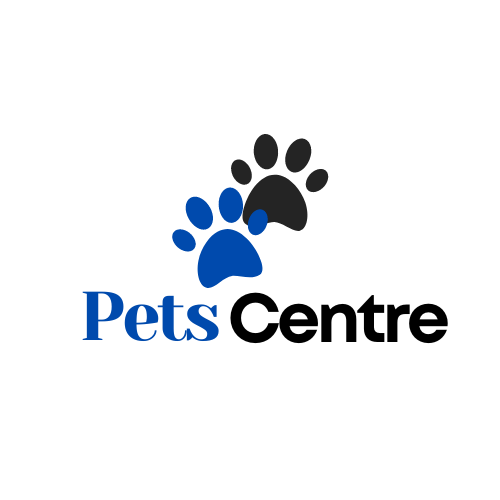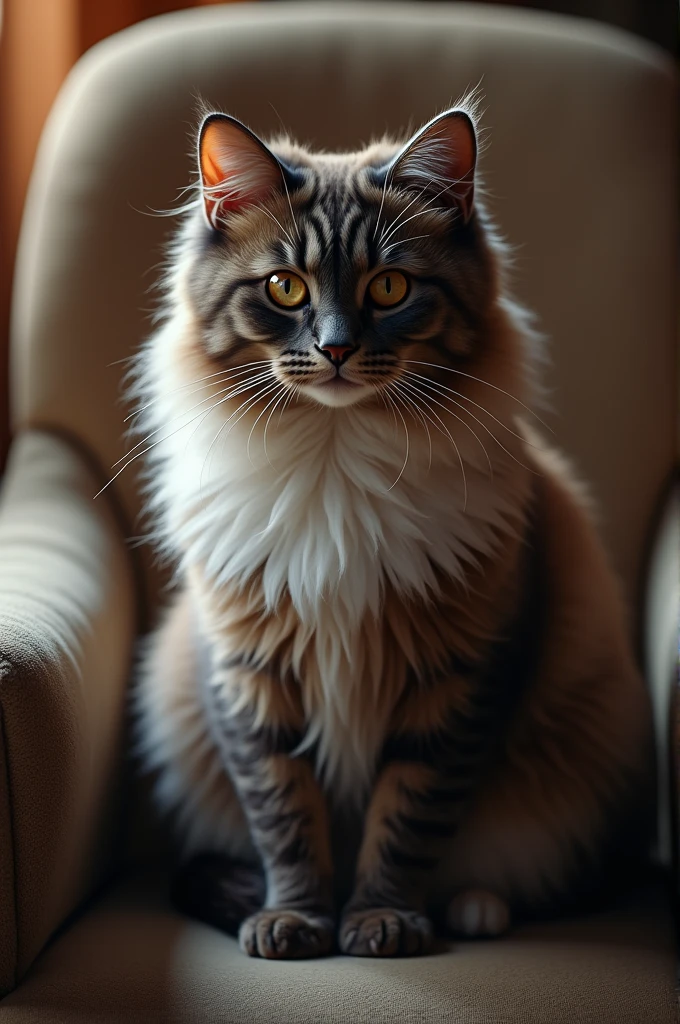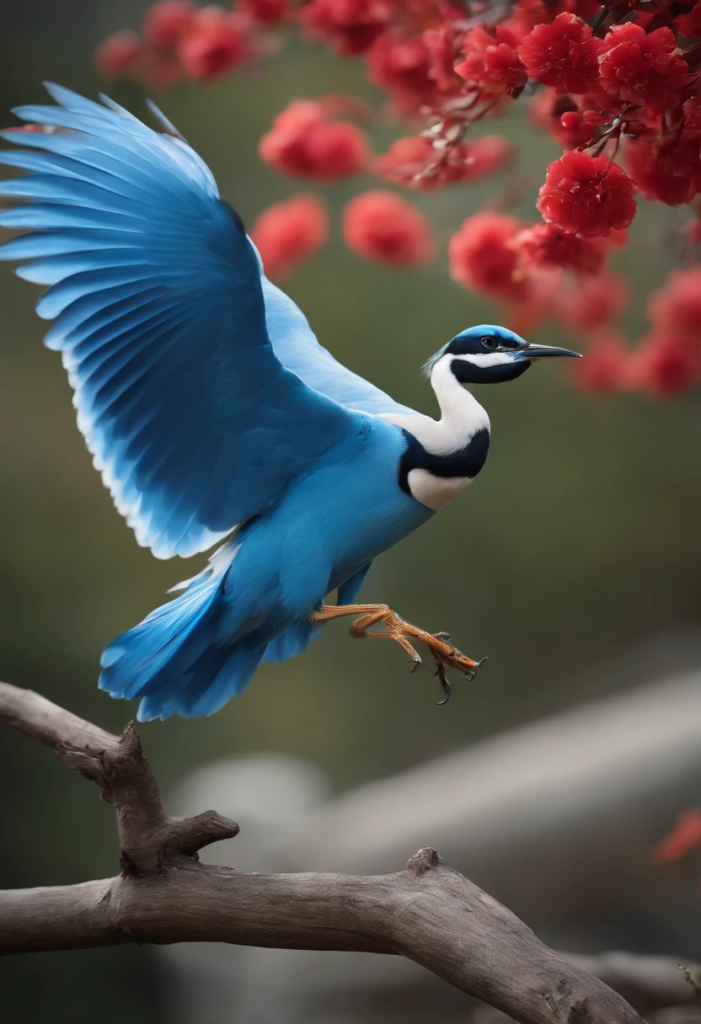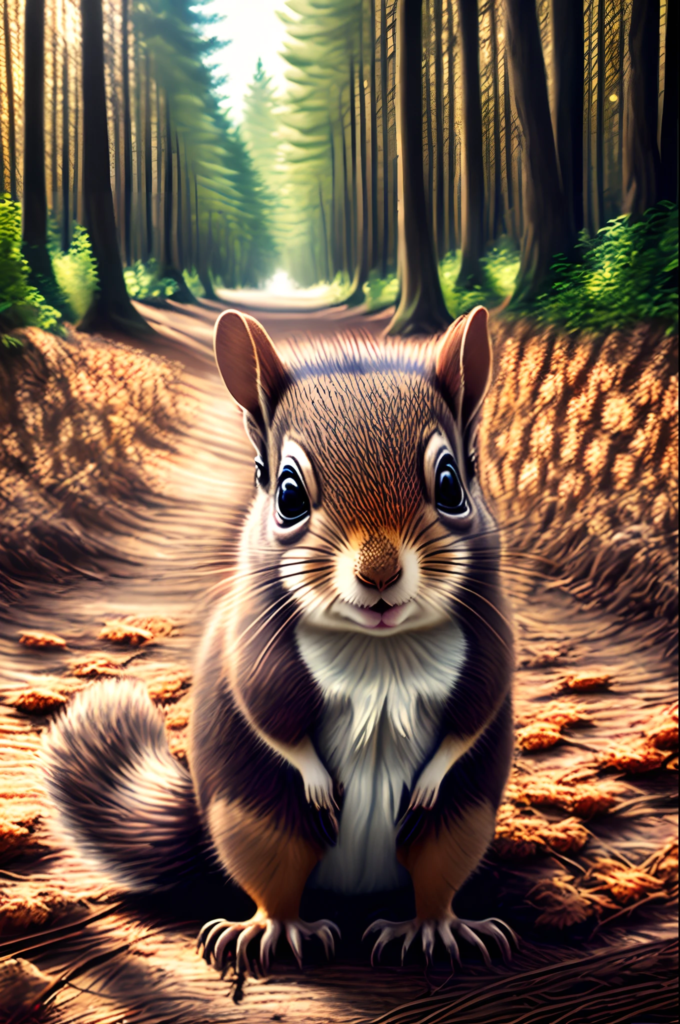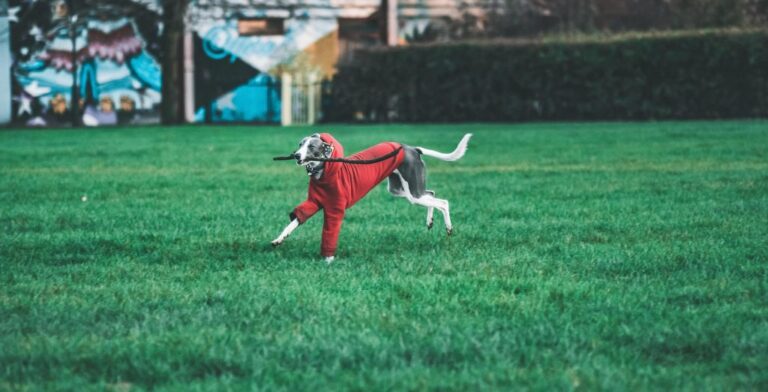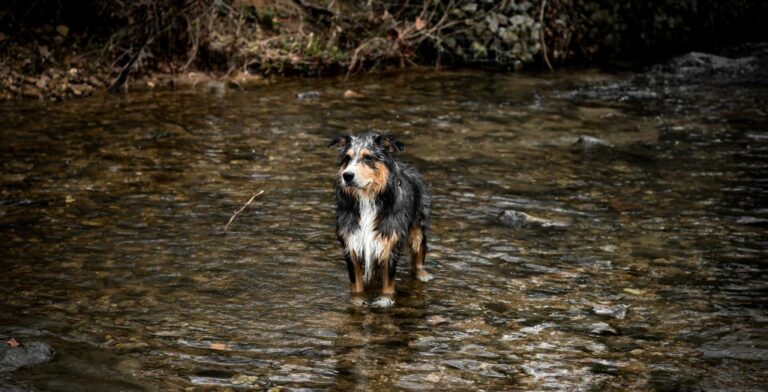Komondor Dreadlock Dog: Embrace Its Unique Charm
The Komondor dreadlock dog is one of the most visually striking and unique dog breeds in the world. Known for its distinctive corded coat that resembles dreadlocks, this breed is not only a head-turner but also a loyal and protective companion. In this article, we’ll dive deep into the history, characteristics, grooming needs, and temperament of the Komondor, and why it’s a standout among dog breeds with dreadlocks.
What is a Komondor Dreadlock Dog?
The Komondor is a large, muscular dog breed originating from Hungary. Historically, these dogs were bred to guard livestock, such as sheep and cattle, from predators like wolves and bears. Their unique corded coat served as a natural form of protection, shielding them from harsh weather and potential attacks.
Today, the Komondor Dreadlock Dog is cherished as a family pet and guardian dog. However, their striking appearance and specific care requirements make them a breed suited for experienced dog owners.
The Unique Dreadlock Coat of the Komondor
One of the most defining features of the Komondor is its corded coat, which naturally forms into dreadlock-like cords as the dog matures. This coat is not only visually stunning but also highly functional.
How the Corded Coat Develops
- Puppy Stage: Komondor puppies are born with soft, fluffy fur.
- Adolescence: As they grow, their coat begins to mat and form cords naturally.
- Adult Stage: By the age of 2, the cords are fully developed, reaching the ground and giving the Komondor its iconic appearance.
Purpose of the Corded Coat
The cords serve as a protective barrier against extreme weather conditions and potential predators. They also help the Komondor blend in with sheep, making them an effective livestock guardian.
Grooming a Komondor Dreadlock Dog
While the Komondor’s coat is low-shedding, it requires specialized care to maintain its health and appearance.
Key Grooming Tips
- Separate the Cords: Regularly separate the cords by hand to prevent matting and ensure proper airflow to the skin.
- Bathing: Bath your Komondor only when necessary, as their coat takes a long time to dry. Use a dog-specific shampoo and ensure the cords are thoroughly rinsed.
- Drying: After bathing, use a high-velocity dryer to remove excess moisture and prevent mildew.
- Trimming: Trim any frayed or dirty cords to maintain a neat appearance.
Common Grooming Challenges
- Time-Consuming: Grooming a Komondor can take several hours, making it a commitment for owners.
- Mildew Risk: If not dried properly, the cords can develop an unpleasant odor or mildew.
Komondor dreadlock dog Temperament and Personality
The Komondor is known for its calm, confident, and protective nature. Here’s what you can expect from this breed:
Key Traits
- Loyalty: Komondors are fiercely loyal to their families and will go to great lengths to protect them.
- Independence: Bred to work independently, they can be strong-willed and may require consistent training.
- Gentleness: Despite their size, they are gentle with children and other pets when properly socialized.
- Alertness: Komondors are highly alert and make excellent watchdogs.
Training and Socialization
Early socialization and obedience training are crucial for Komondor dreadlock dog. Their protective instincts can make them wary of strangers, so exposing them to different people, animals, and environments from a young age is essential.
Is a Komondor Right for You?
Komondor Dreadlock Dog ownership comes with great responsibility, both good and bad. Very few people own this breed and that reflects in the lack of available resources online. Before adopting a Komondor, here are some things to keep in mind.
Ideal Living Conditions
- Space: Komondors thrive in homes with large, fenced yards where they can roam and guard.
- Activity Level: While they are not overly energetic, they require regular exercise to stay healthy.
Owner Experience
- Best for Experienced Owners: Due to their size, strength, and grooming needs, Komondors are best suited for experienced dog owners.
Time Commitment
- Grooming: Be prepared to dedicate time to grooming and maintaining their coat.
- Training: Consistent training and socialization are necessary to ensure a well-behaved Komondor.
Komondor vs. Other Dreadlock Dog Breeds

The Komondor is often compared to other dog breeds with corded coats, such as the Puli and Bergamasco. While these breeds share some similarities, the Komondor stands out for its size, protective instincts, and unique history as a livestock guardian.
Conclusion
The Komondor dreadlock dog is a truly unique breed that combines striking looks with a loyal and protective nature. While their corded coat requires specialized care, the effort is well worth it for those who appreciate this one-of-a-kind breed. If you’re an experienced dog owner with the time and space to dedicate to a Komondor, you’ll be rewarded with a devoted and majestic companion.
Whether you’re drawn to their dreadlock-like cords or their rich history as livestock guardians, the Komondor is a breed that leaves a lasting impression.
By understanding the Komondor’s needs and characteristics, you can determine if this remarkable breed is the right fit for your lifestyle. If you’re ready for the challenge, the Komondor dreadlock dog will undoubtedly become a cherished member of your family.
FAQs
1. What is a Komondor dreadlock dog?
The Komondor is a large Hungarian livestock guardian dog known for its distinctive corded coat that resembles dreadlocks.
2. Why does the Komondor dreadlock dog have a corded coat?
The cords serve as natural protection from extreme weather and predators while helping the dog blend in with sheep when guarding livestock.
3. How does a Komondor's coat develop?
- Puppy Stage: Born with soft, fluffy fur.
- Adolescence: Fur starts matting into cords.
- Adulthood: By age 2, the cords fully develop and can reach the ground.
4. Do Komondors shed?
No, Komondors are considered low-shedding, but their coat requires extensive maintenance to prevent matting and mildew.
5. How often should a Komondor be bathed?
Only when necessary, as their cords take a long time to dry. Proper drying is crucial to avoid mildew and odor.
